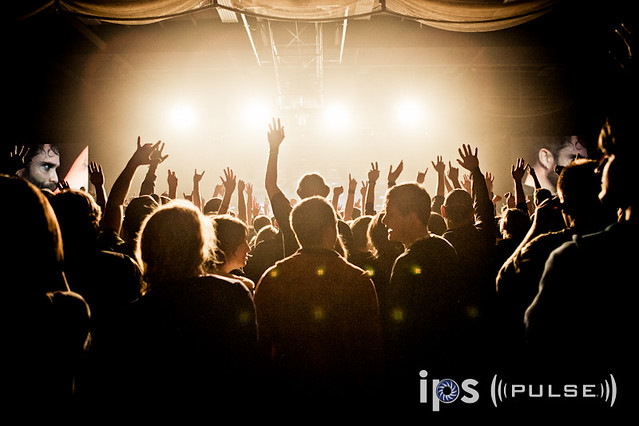On September 27, men, women and children streamed into Velusamypuram in Karur, Tamil Nadu, for a glimpse of their hero—the actor-turned-politician Vijay. By the time the chief of Tamilaga Vettri Kazhagam reached the venue, hours late, the crowd had swelled. If the organisers expected 10,000 people, more than 25,000 had gathered—tired, parched and squeezed in a heaving mass. When Vijay climbed onto a makeshift stage atop his bus, the crowd surged forward, triggering chaos. The crush turned deadly: 41 people, including 18 women and 10 children, were killed in the stampede and more than a hundred were left injured.
India has become a stampede country. Crowded events—political rallies, religious congregations and sporting revelries —carry with them the fear of a fatal crush. This year began with 30 people dying in a stampede at the Sangam area in Prayagraj during the Kumbh Mela, followed by 18 people getting killed in a crowd crush at the New Delhi Railway Station. In June, 11 people died in a stampede in Bengaluru as thousands turned up to celebrate the IPL win of Royal Challengers Bengaluru (RCB).
What is going wrong with crowd control in India? Technology can monitor a crowd, but it can’t read its mind. “Understanding crowd psychology is integral to effective crowd management,” says Kuladhar Saikia, former director general of police, Assam. “In a crowd, individuals lose their personal identity and responsibility, sharing instead the emotions, ideas and actions of a group.”
Modern tools like drones and AI-powered CCTVs can track gatherings in real time, but experts insist that technology alone cannot prevent disasters. Ultimately, it is human psychology that decides whether a gathering stays safe or turns tragic, as in Vijay’s rally.
The ability — or rather, the failure — of law-enforcement authorities to gauge the pulse of a gathering has shaped every major crowd disaster, in India and beyond. From the 1954 Kumbh Mela stampede in Allahabad (now Prayagraj) that killed 500, to the 2024 Hathras stampede that claimed 123 lives despite modern technologies, the missing link has always been an understanding of mass behaviour.
India, with its 1.5 billion people, is especially vulnerable. Yet global tragedies tell the same story—be it the catastrophic Al-Ma’aisim tunnel disaster in Mecca in 1990 with 1,426 dead, or the Halloween crowd crush in Seoul, South Korea, in 2022 that killed 159, they can all be traced back to misjudged estimates and inadequate preventive measures.
CRITICAL MASS A 2025 document, “Comprehensive Guidelines on Crowd Control and Mass Gathering Management”, released by the Union Home Ministry’s Bureau of Police Research and Development (BPR&D), classifies public gatherings into four segments.
The first is the casual crowd—people with no common purpose, who gather at a railway platform or accident sites and are easy to disperse. The second is the meeting or entertainment crowd. They are seen at sports events, political rallies, religious congregations, or state ceremonies. They are usually peaceful, but can be unruly if provoked. The third is the expressive crowd—they dance, sing and celebrate during festivals or sports victories. They are emotional but typically manageable with adequate policing. The fourth is the aggressive crowd, oriented towards violence. The report says these are often political, labour, student or communal gatherings and are stirred by leaders and sentiments.
“The aggressive or unruly crowd gradually becomes a mob if it is not controlled in the early stages. The dividing line between a crowd and a mob is often indistinguishable. So long as the crowd is controlled by a show of force it is still considered to be in the crowd stage. But when force has to be used to control it, it is the mob stage,” the guidelines elaborate.
The document also invokes the theories of philosophers and psychologists who studied mass behaviour: French writer Gustave Le Bon, who put forward the idea of the collective mind; British psychologist William McDougall, who advanced the group mind theory; and Sigmund Freud, who spoke of primitive instincts lying dormant in the subconscious, surfacing in crowd situations.
“Crowd behaviour always differs from individual behaviour,” the report says. “This difference in crowd behaviour occurs because an individual’s inhibitions are eroded when he forms a part of a crowd. This happens due to the sense of anonymity that develops with the submerging of an individual’s identity in a crowd.”
Mum
Read More

